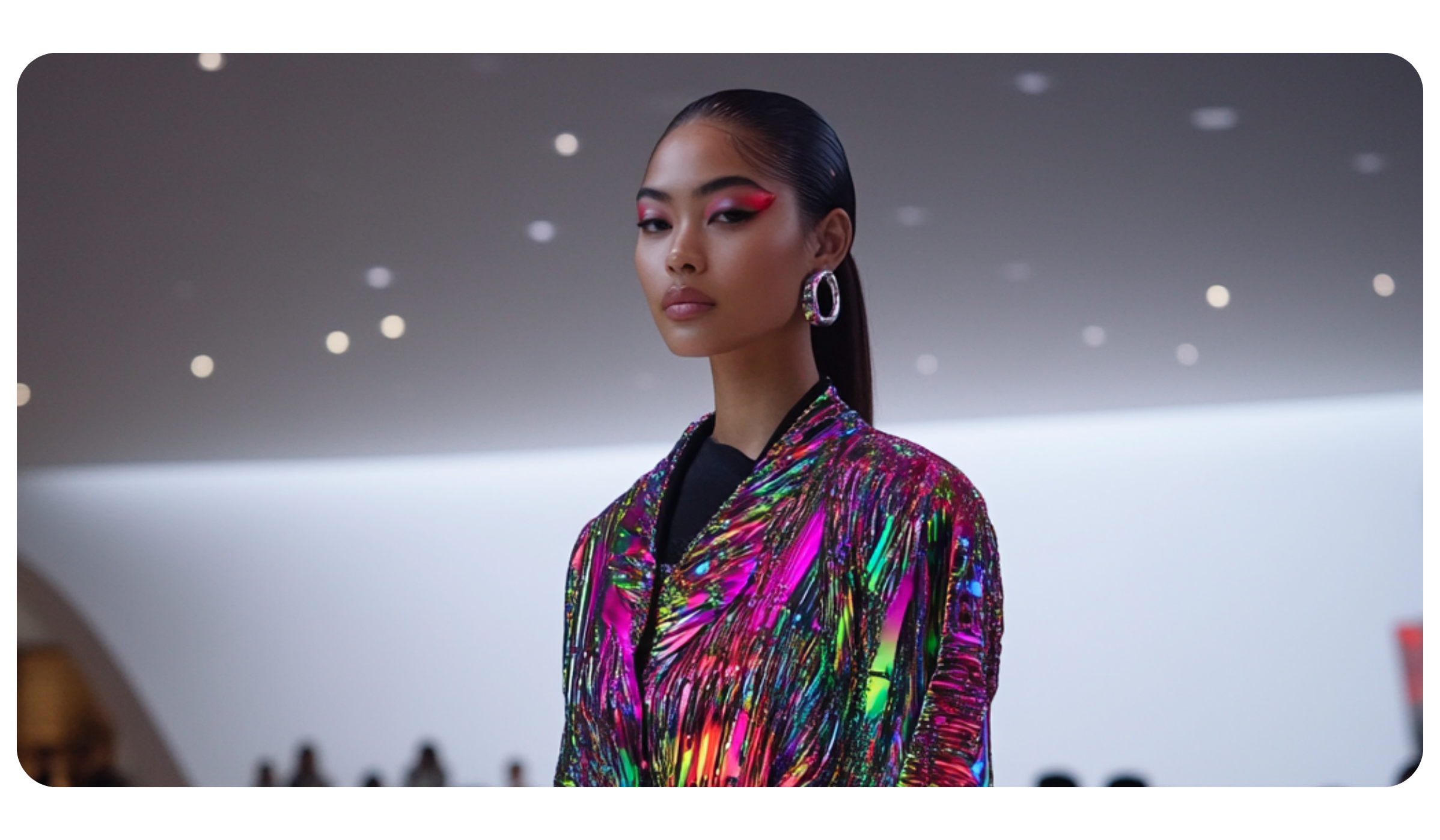The Art of Digital Engagement
Examples of successful luxury marketing campaigns and why they were so memorable.
Examples of successful luxury marketing campaigns and why they were so memorable.

Luxury brands craft legends, emotions, and aspirations, they don’t just sell beautiful products. The most successful marketing campaigns in this sector are never about discounts or mass appeal; they’re about exclusivity and experience. These brands create campaigns that not only capture attention but leave a lasting impression, which is truly remarkable in the current over saturated and ad heavy marketplace.
More than this these brands are heavily adaptive. They have a keen sense of the world around them and are endlessly creative in the ways they choose to interact. In the digital landscape this takes finely-tuned skill. Watching what these brands are doing can give us great insights into what we’ll be seeing everywhere in the near future.
After doing a little research I came up with a list of inspired luxury marketing campaigns—and what we can learn from them.
Key Lesson: Luxury thrives on personalization and digital innovation.
Burberry, a brand steeped in heritage, has continually embraced digital-first marketing strategies. The Burberry Kisses campaign was an interactive experience in partnership with Google. Users could send virtual kisses—sealed with their actual lip prints—to loved ones worldwide.
The magic was in the intimacy and personalization. Burberry took a simple concept—sending a kiss—and turned it into a global, tech-driven, emotionally resonant experience.
Takeaway: Successful luxury campaigns evoke personal emotions while leveraging cutting-edge technology to enhance engagement.
Key Lesson: Digital exclusivity is the new luxury.
Gucci has never been afraid to push creative boundaries. With the Gucci Aria campaign, they leaned heavily into the metaverse and NFTs, where the successfully proved that luxury brands can thrive in the digital world.
The campaign introduced:
Takeaway: Luxury brands must embrace new digital spaces while maintaining exclusivity. High-end consumers now seek luxury experiences beyond the physical world.
Key Lesson: Gamification works for adults, too
200 years is quite the accomplishment, and Louis Vuitton rang in the celebration accordingly! Its 200th anniversary was accompanied by a mobile game that encouraged users to explore the brand’s history, craftsmanship, and to find hidden surprises. Players could collect NFTs, interact with different brand elements, and immerse themselves in a luxury brand’s history—through a digital lens.
This campaign bridged the gap between heritage and modern digital storytelling.
Takeaway: Gamification can turn brand history into an interactive, shareable experience, creating deeper consumer loyalty.
Key Lesson: Luxury brands can (and should) embrace unexpected cultural spaces.
When Balenciaga launched a collaboration with Fortnite, many were surprised (perhaps shocked would be a better word choice). A high-fashion brand partnering with a gaming giant? The execution was absolute genius. The campaign featured:
Takeaway: Luxury brands need to meet new audiences where they are—even if, especially if, it’s in a virtual setting.
Key Lesson: Timeless storytelling enhances brand legacy.
Rather than a traditional campaign, Chanel produced an episodic documentary series diving into the brand’s rich history and influence. With cinematic excellence, ‘Inside Chanel’ felt less like an ad and more like a museum-worthy narrative.
Takeaway: Luxury brands should tell stories that feel immersive and deeply authentic.
Key Lesson: Sensory experiences are crucial in luxury marketing.
Hermès took fragrance marketing to an entirely new level with an augmented reality campaign for *H24*. Users could scan a QR code and explore a visually immersive digital world that embodied the fragrance’s essence, giving them a deeper understanding of the true artistry behind the debuting scent.
Takeaway: Luxury brands can enhance engagement by using technology to stimulate the senses, making marketing more experiential, a truly phygital engagement.
Luxury brands create innovation everywhere they can, they deeply understand that consumers need experiences, not just advertisements. As we study what they are doing we can see patterns emerge, here’s what I’m noticing:
The question is: How will other brands take these lessons and create their own standout campaigns? By focusing on storytelling, digital experiences, and exclusivity, any brand—luxury or not—can craft marketing which engages and inspires and creates the kind of legacy that inspires loyalty. This is marketing at it’s best.